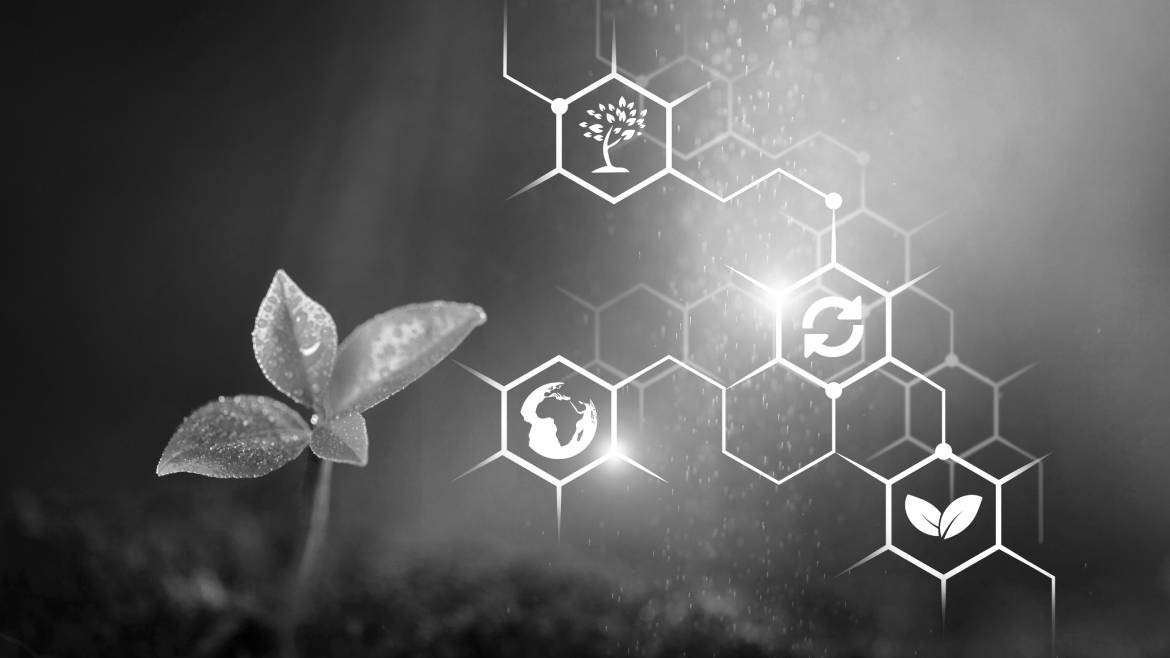- Valentine Du bois
- 1 likes
- 7444 views
- 0 comments
Unlike animals, plants are bound to the ground and therefore are unable to flee from difficult weather conditions. Plants can neither migrate southward as temperatures drop, nor take shelter in case of heavy rains or winds, nor seek water source in periods of drought. This constraint to endure their environment has led plants to develop very complex survival strategies, allowing them to adapt to even the most extreme conditions. Likewise, escape from predators such as herbivores or other pathogens is not an option; plants have therefore evolved a whole range of mechanical and biochemical weapons to defend themselves efficiently and to adapt: the ecological resilience.
Morphological survival mechanisms : examples

Succulents such as Aloe vera are xerophilic plants (extremophilic organism that can grow and reproduce in conditions with a low water availability) surviving thanks to their ability to store a great amount of water in their tissues during the scarce rainfalls. Thus, the gel contained in Aloe vera leaves is 98% water(1), hence its frequent use in medicine and cosmetics as a moisturizing agent.
Sources images : (1) Open source, (2) DNAgensee.com

 Thorns
Thorns
A simple but effective mechanical weapon is the presence of thorns, as can be found on roses or cacti. These thorns serve to prevent grazing animals from attacking the plant
Sources images : (1) Adstock RF, (2) Frank Vincentz
Trichomes
 Trichomes are microscopic hairs on the surface of leaves, stems, roots or flowers. These hairs have many functions, including impaling small larvae and insects, but also diffusing or injecting biochemical compounds with a wide range of effects(2). These molecules are part of the biochemical weapons of plants
Trichomes are microscopic hairs on the surface of leaves, stems, roots or flowers. These hairs have many functions, including impaling small larvae and insects, but also diffusing or injecting biochemical compounds with a wide range of effects(2). These molecules are part of the biochemical weapons of plants
Sources images : Sylvain Loubéry
BIOCHEMICAL WEAPONS : SECONDARY METABOLITES
Because of the afore mentioned challenges, plants were forced to evolve to become true chemical factories. More than 100,000 substances have been identified(3), with specific effects to repair and disinfect their wounds, protect themselves from UV rays, attract pollinators or affect the biochemistry of herbivores or insects. Approximately 50% of the drugs on the market today are derived from plants(4,5), among which the most widely used are acetylsalicylic acid (aspirin) from willow trees, and morphine, codeine, and other opiates from the poppies.
These substances produced specifically for defense purposes are called ‘secondary metabolites’ and can be classified into three categories: terpenes (or terpenoids), alkaloids and phenolic compounds(6).
X |
Fundamental properties |
Fundamental properties |
Examples |
Illustration |
|
TERPENOIDS |
Fragrant Interact with light |
Attract pollinators Insects repellent Photosynthetic factor |
Menthol, limonene, pinene, linalool, carotene, vitamin A, latex Main components of most essential oils |
 |
|
ALKALOIDS |
Act on nervous system and/or cardiovascular system Bitter taste |
Toxic effects on predators |
Caffeine, nicotine, morphine, codeine, quinine, cocaine, cannabidiol (CBD), THC, capsaicin, colchicine, atropine |
 |
|
PHENOLIC COMPOUNDS |
Great antioxydant power |
Photoprotection, pigmentation |
Tannins, lignin (wood), anthocyanins (pigments), catechins (tea), flavonoids |
 |
Sources images : (1) Lauriane Jardin & Batiste Atlan (2) Isabelle Levy (3-5) Photothèque Office
Biotechnology to extract active compounds
Using biotechnology, it is now possible to select the plants that synthesize the most powerful and interesting active ingredients for cosmetics (anti-inflammatory, antioxidant, anti-acne, anti-aging, healing, regenerating, photoprotective compounds, etc.) and to isolate them. Advances in the biotechnology field have made it possible to innovate in the extraction processes of these active compounds, avoiding their degradation and therefore preserving their high potential. Thus, modern cosmetics are more than just creams: they are true concentrates of the strength of plants, granting us a part of their resistance to the forces of nature: ecological resilience.
References :
(1) Bozzi, A.; Perrin, C.; Austin, S.; Arce Vera, F. Quality and Authenticity of Commercial Aloe Vera Gel Powders. Food Chem. 2007, 103 (1), 22–30. https://doi.org/10.1016/j.foodchem.2006.05.061
(2) 9 Plant Defense Mechanisms | Britannica. https://www.britannica.com/list/botanical-barbarity-9-plant-defense-mechanisms (accessed 2022-06-28).
(3) Wink, M. Plant Secondary Metabolism: Diversity, Function and Its Evolution. Nat. Prod. Commun. 2008, 3 (8), 1934578X0800300801. https://doi.org/10.1177/1934578X0800300801
(4) Faye, L.; Champey, Y. Plantes, médicaments et génétique - Quelles applications pour demain ? médecine/sciences 2008, 24 (11), 939–946. https://doi.org/10.1051/medsci/20082411939
(5) Veeresham, C. Natural Products Derived from Plants as a Source of Drugs. J. Adv. Pharm. Technol. Res. 2012, 3 (4), 200–201. https://doi.org/10.4103/2231-4040.104709
(6) Gomes, G. Abécédaire de Chimie Organique, Académie de Montpellier, https://tice.ac-montpellier.fr/ABCDORGA/ORGANIQU.htm
Par Valentine Du bois
Master's degree in medical biology, University of Lausanne, Switzerland
Valentine holds a Master's degree in medical biology from the University of Lausanne, following a Bachelor's degree from the University of Geneva. During her Masters, Valentine specialised in the fields of pharmacology and toxicology, focusing on applied laboratory research for the development of new treatments.



comments (0)